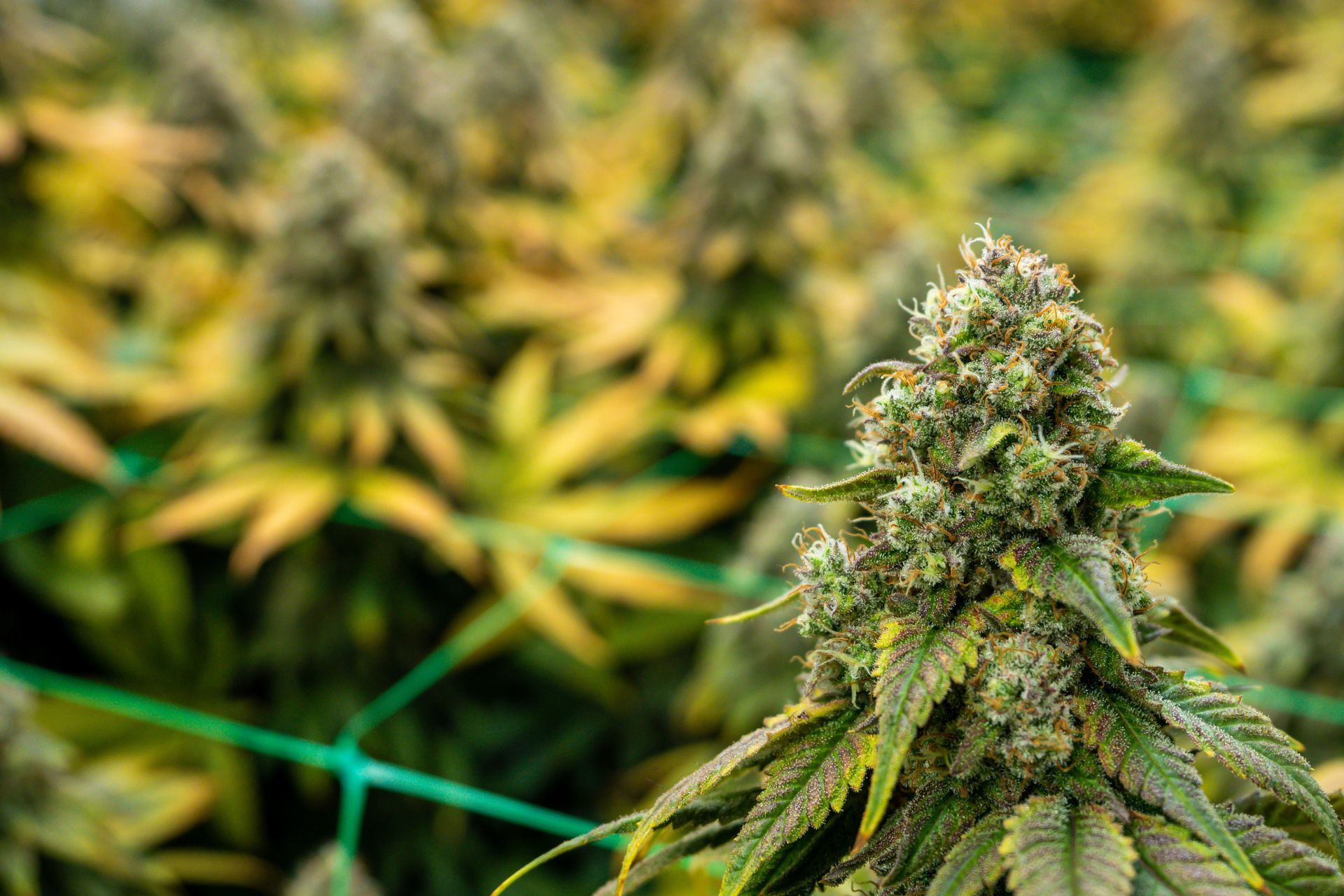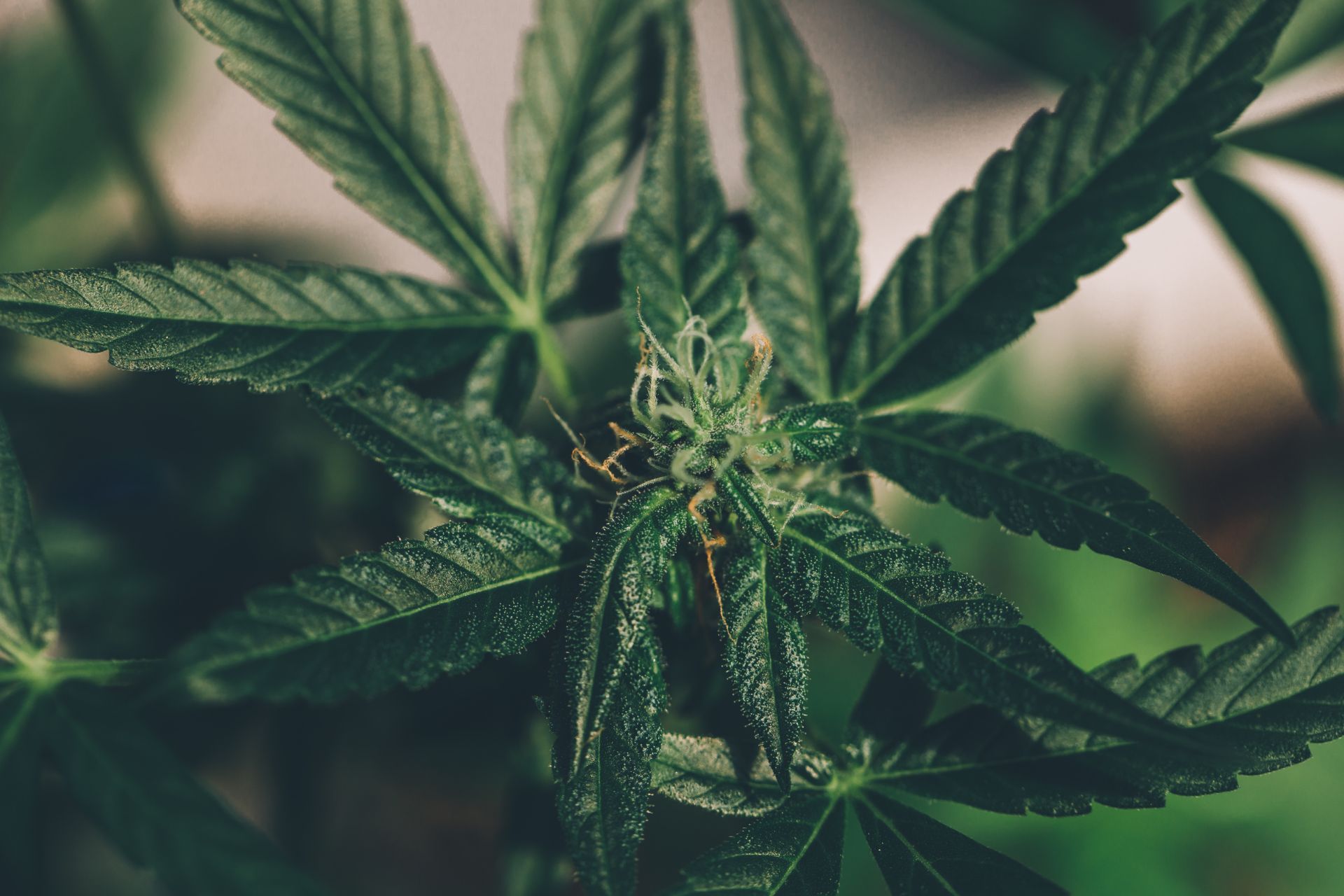Insurance Considerations When Expanding Cannabis Operations Across States
See How We're Different
or call us: (215) 653-8411
State-by-State Variability in Cannabis Insurance
One of the biggest hurdles for cannabis businesses expanding across state lines is the wide variation in insurance regulations and market conditions. While 38 states have legalized cannabis for medical use and 23 allow recreational use as of 2024 [Risk Strategies], the details of insurance requirements and availability can differ dramatically.
Some states have more mature insurance markets with specialized cannabis policies, while others are still developing frameworks to accommodate the industry. This inconsistency means that coverage that works well in one state may be unavailable or prohibitively expensive in another. For example, property insurance for indoor grows can see renewal premium increases ranging from 25% to 40% in 2025, reflecting heightened risk perceptions and underwriting caution [TruePath Insurance].
Licensing and Compliance Impact on Insurance
Rising Insurance Premiums and Cost Pressures
Insurance costs in the cannabis industry are rising sharply. In 2025, cannabis insurance premiums surged by 40%, with property renewals for indoor cultivation facilities increasing between 25% and 40% [CoverCannabis]. Commercial auto insurance premiums for cannabis fleets have doubled or even tripled compared to the previous year [TruePath Insurance].
Many cannabis businesses report feeling caught between unaffordable premiums and inadequate coverage. Approximately 75% of industry respondents say they lack sufficient insurance protection, highlighting a significant gap that can threaten business sustainability [TruePath Insurance]. This situation is exacerbated by the stigma still associated with cannabis, which can lead to fewer insurers willing to enter the market, thus limiting options for operators. As a result, many businesses are forced to make tough decisions about which risks to insure against, often leaving critical areas vulnerable.
Strategies to Manage Premium Increases
To mitigate rising insurance costs, operators should consider risk management practices that demonstrate responsibility to insurers. This includes robust security systems, employee training, and compliance programs. Bundling multiple policies with a single insurer or negotiating multi-state packages can also help reduce premiums. Additionally, investing in technology such as inventory tracking systems and surveillance cameras can not only enhance security but also provide evidence of risk mitigation efforts to insurers, potentially leading to lower premiums.
Key Types of Insurance for Multi-State Cannabis Operations
Property Insurance
Property insurance protects physical assets such as cultivation facilities, processing equipment, and retail locations. Given the high value and vulnerability of indoor grows, property coverage is critical. As noted, renewals for indoor grow properties are seeing premium increases between 25% and 40% in 2025 [CoverCannabis].
General Liability Insurance
Product Liability Insurance
Given the nature of cannabis products, product liability coverage is crucial to protect against claims related to product defects or adverse effects. This coverage is particularly important for processors and manufacturers distributing across state lines.
Commercial Auto Insurance
For cannabis businesses operating fleets for transportation or delivery, commercial auto insurance is essential. Premiums have doubled or tripled in 2025, reflecting the increased risk and regulatory scrutiny of cannabis transportation [TruePath Insurance].
Workers’ Compensation
Market Growth and Its Impact on Insurance
The cannabis industry is expanding rapidly. The U.S. cannabis market is expected to reach almost $40 billion in 2024, while the global market is projected to grow to $82.3 billion by 2029 at a compound annual growth rate of 24.3% [InsuranceQuotes]. This growth fuels demand for insurance products but also introduces new risks and complexities.
North America accounts for over 65% of the global cannabis dispensary insurance market, with more than $800 million in premiums in 2024 alone [DataIntelo]. As more operators enter the market and expand geographically, insurers are adapting by developing specialized cannabis policies and adjusting underwriting criteria.
Practical Tips for Securing Insurance Across States
- Engage Specialized Brokers: Work with brokers who understand cannabis insurance nuances and have relationships with carriers willing to underwrite cannabis risks.
- Conduct Risk Assessments: Evaluate risks unique to each state and operation type to tailor coverage appropriately.
- Maintain Compliance: Keep licenses current and adhere strictly to state laws to avoid coverage denial.
- Document Security Measures: Insurers value businesses that invest in security, loss prevention, and employee training.
- Plan for Premium Increases: Budget for rising insurance costs and explore multi-policy discounts or captive insurance options.
- Review Policies Regularly: Update coverage as operations evolve and new risks emerge.
Insurance Coverage Comparison for Cannabis Operations
| Coverage Type | Purpose | Typical Premium Trend (2025) | Key Considerations |
|---|---|---|---|
| Property Insurance | Protects physical assets like grows and retail locations | Increased 25% to 40% for indoor grows | Adjust for local climate and theft risk; verify coverage limits |
| General Liability | Covers third-party injury and property damage claims | Moderate increases, varies by state | Ensure compliance with state-specific minimums |
| Product Liability | Protects against claims from defective or harmful products | Stable but critical for manufacturers/processors | Important for multi-state distribution |
| Commercial Auto | Covers cannabis fleet vehicles | Doubled or tripled premiums in 2025 | High scrutiny; ensure compliance with transport regulations |
| Workers’ Compensation | Protects employees injured on the job | Varies by state | Must meet state mandates; critical for employee safety |
Before You Go: What to Remember When Expanding Cannabis Insurance
Staying informed about state-specific regulations, partnering with knowledgeable brokers, and investing in risk management can help cannabis businesses navigate these challenges. With the U.S. market expected to reach nearly $40 billion in 2024
[InsuranceQuotes], the stakes are high, but so are the opportunities for those who prepare wisely.
Frequently Asked Questions
Q: Do I need different insurance policies for each state I operate in?
Q: Why are cannabis insurance premiums rising so sharply?
Q: Can I get insurance if my cannabis business is new to multiple states?
Q: What is the most critical insurance coverage for cannabis growers?
Q: How can I reduce cannabis insurance costs?
Q: Is workers’ compensation required for cannabis businesses?

Article By: Deb Sculli
Cannabis Insurance Specialist




